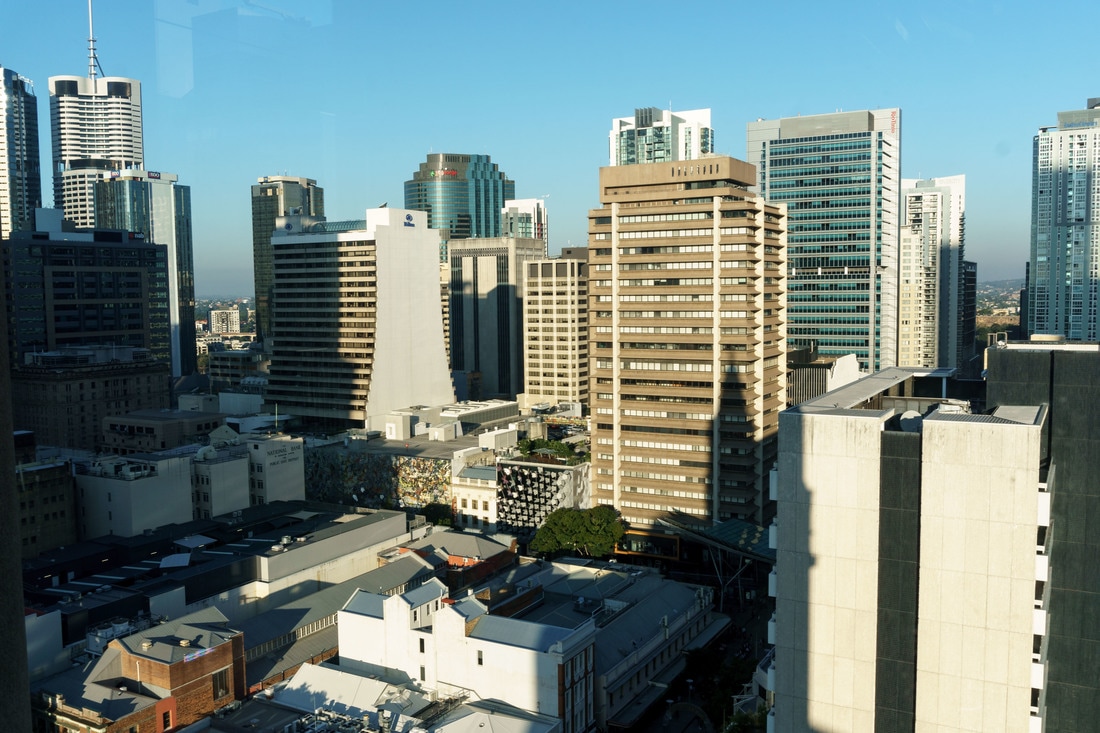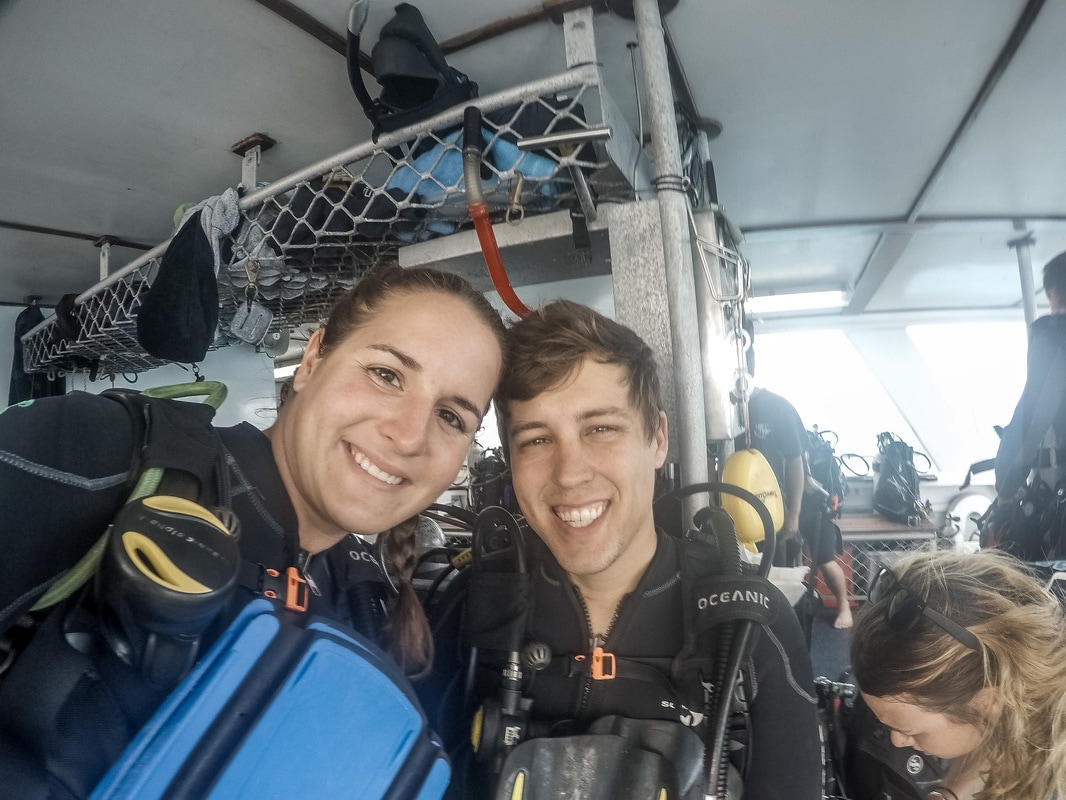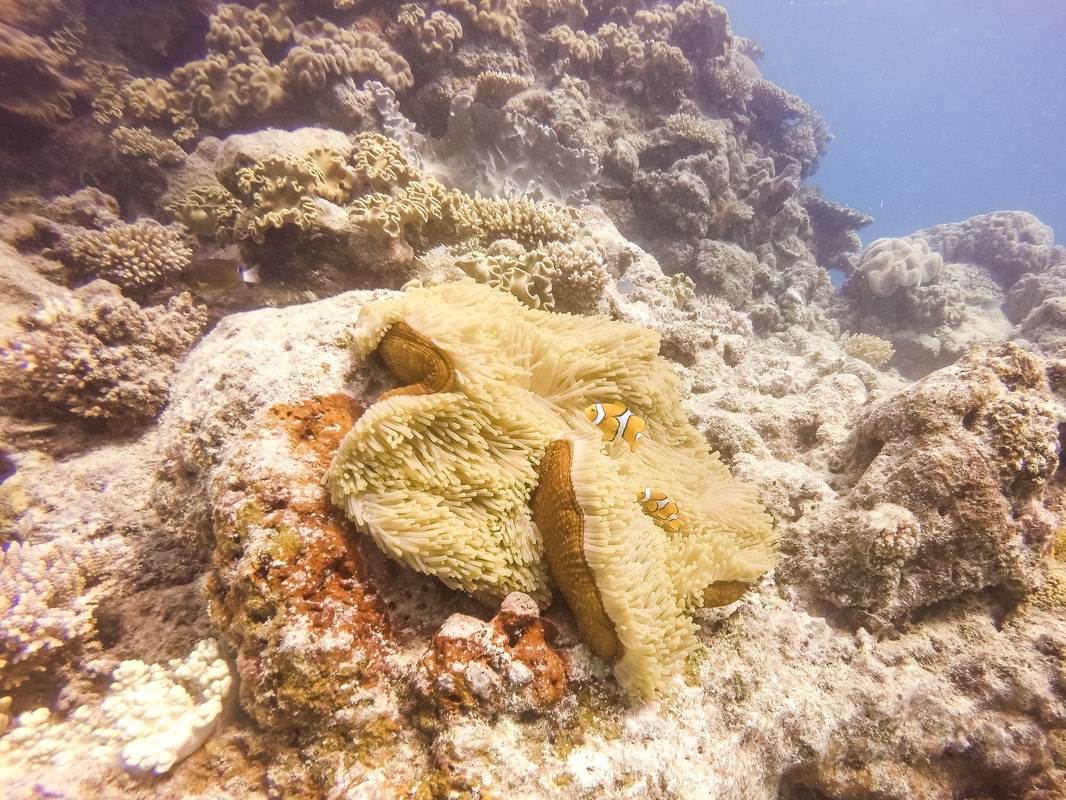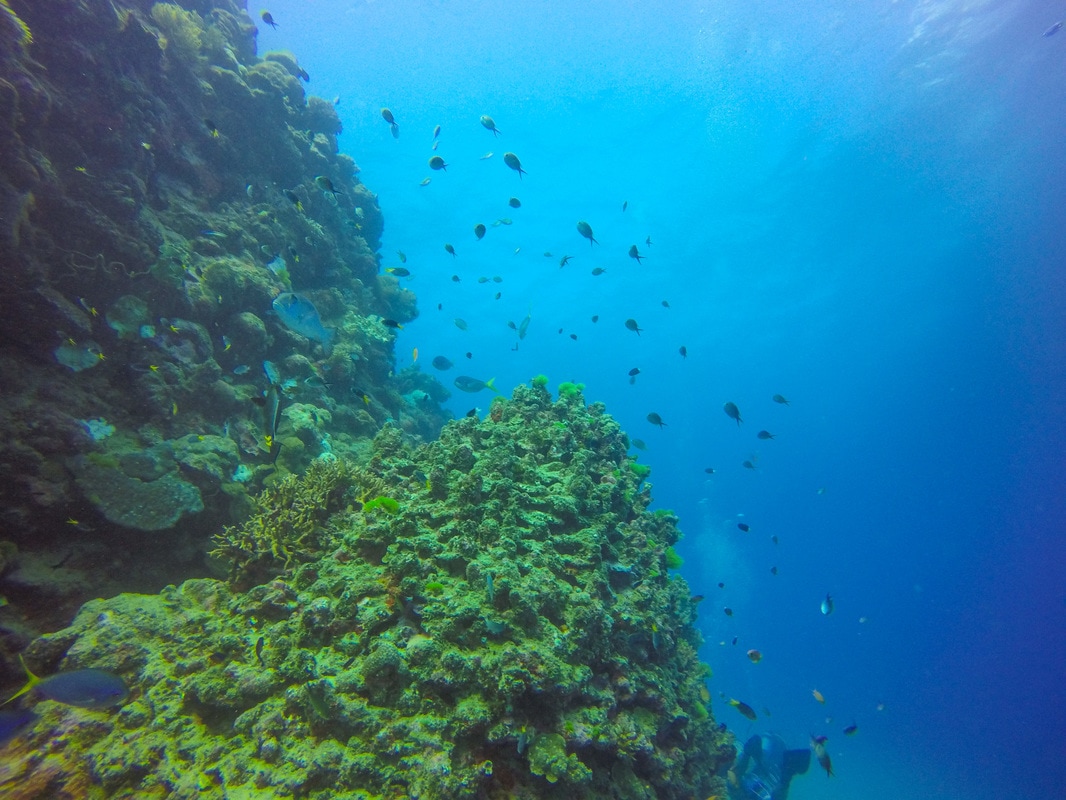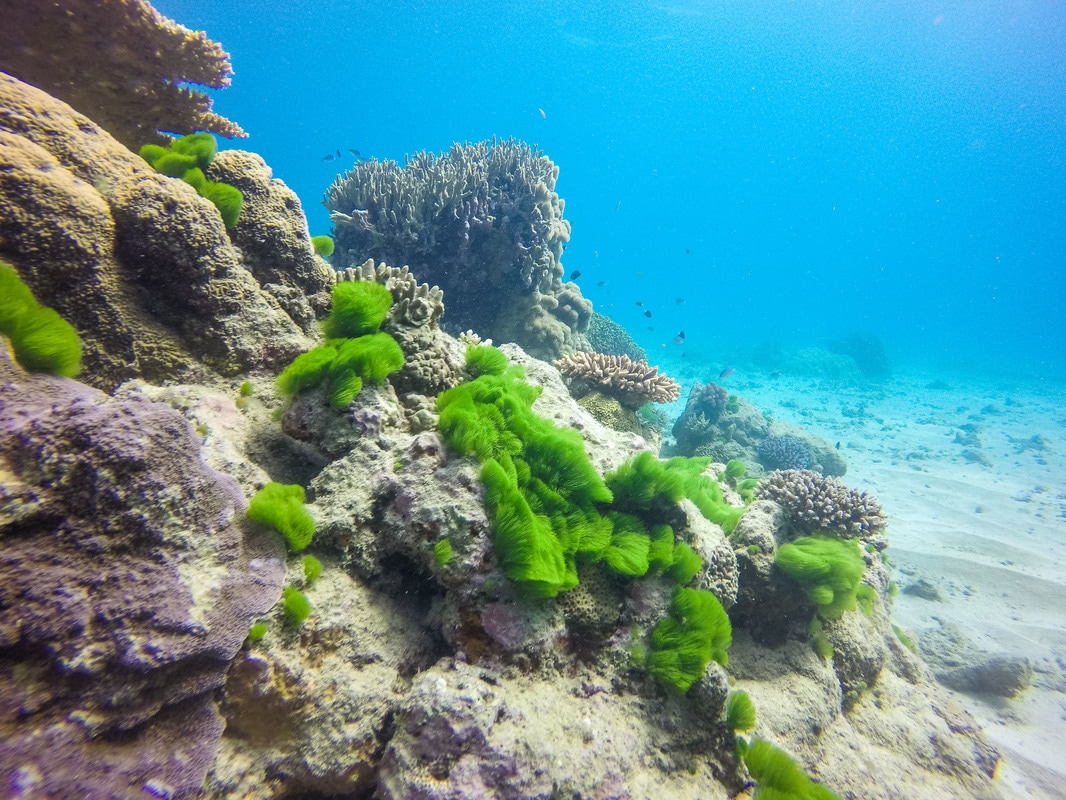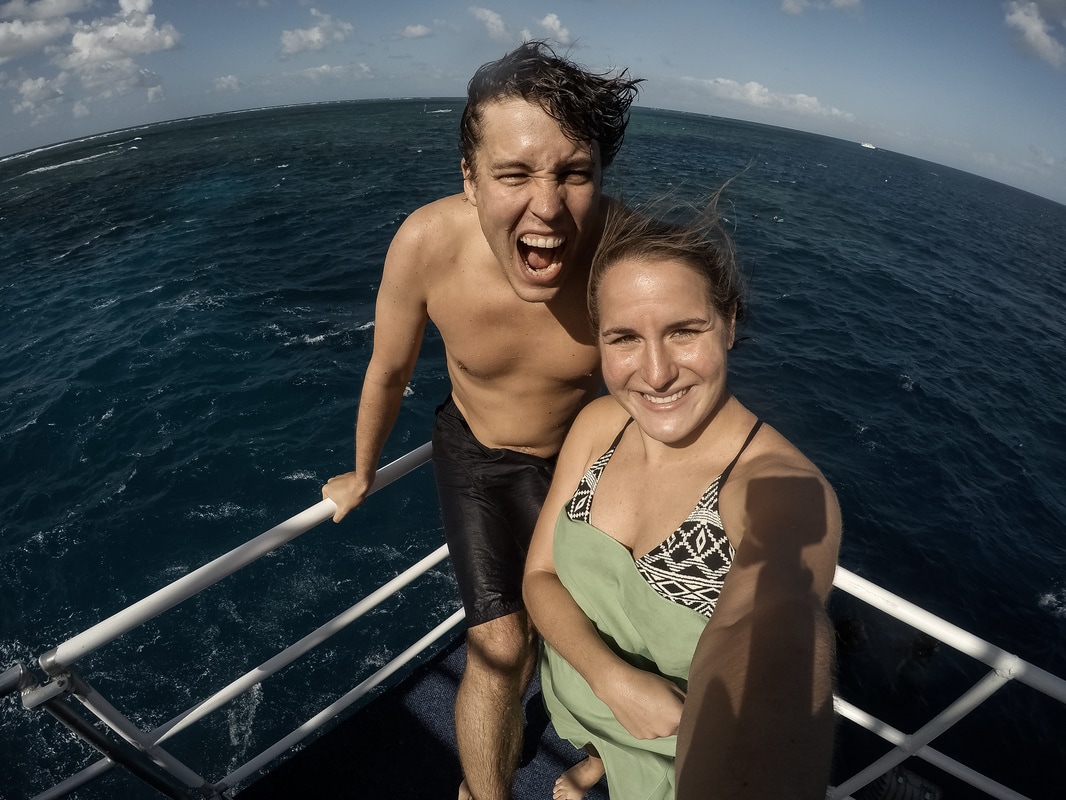|
Our flight from Auckland was delayed due to fog in Brisbane. By the time we landed in Brisbane, we had missed our flight to Cairns. We booked another flight to Cairns for later that night and had about 9 hours to kill so we headed to the CBD of Brisbane to explore. We walked around and found a weekday market selling all sorts of produce and ethnic food. We were shocked at how crowded it was at 1pm on a Wednesday. We also went to city hall to the free Brisbane Museum that had exhibits about how the city was formed. We did the free tour of the clock tower while there as well. City hall is surrounded by huge skyscrapers now so the view wasn't a good as it used to be, but it was still pretty cool. After only a short time in Brisbane, we thought it would be a great city to live and work in. After exploring we headed back to the airport and finally flew to Cairns. The next morning the dive shop picked us up for our trip to the Great Barrier Reef. We did a 2 day/1 night dive trip with Deep Sea Divers Den. We set off for the GBR on their day trip boat, SeaQuest, with about forty people. As we left the Harbour they warned people about taking sea sick tablets, but very few people listened. It ended up being a very long hour and a half ride to the reef with almost everyone getting sick. Luckily, Chris and I were not included in that group and had a very enjoyable ride. We did our first two dives from the SeaQuest. We were not sure what to expect since we had seen lots of articles on the reef dying and massive coral bleaching. It was definitely different than our dive trip to the Similan Islands in Thailand. While the reef is still alive for now, it is clearly dying. At the start, the diving was disappointing. The reef was not very colorful and did not have the thousands of fish that we saw in Thailand or the sharks and rays I saw six years ago on the reef. We saw a couple anemone fish, one very large wrasse, and a tiny ray on the first two dives, but not much else. After those dives we had lunch aboard the SeaQuest before transferring to the liveaboard OceanQuest. Once aboard OceanQuest, we did two more dives. We saw a few lionfish, sea anemones, clownfish, and on the last dive of the day (our night dive) we saw a shark about 50 feet away. The night dive was particularly frustrating because before we went into the water, we could see about 10-15 sharks circling around the back of the boat. But we scared them off when we jumped in and only saw the one at the very end of the dive. All we could see was the shadow of the one shark off in the distance as we did the safety stop on the way up. Of course, once we were out of the water the sharks slowly returned. While disappointed that we didn’t see one up close on the dive, we did enjoy being able to watch them from the boat. Four dives in one day left us completely exhausted and after a quick dessert, we fell asleep to the gentle rock of the boat. Our 5:40 wakeup call the next day came way too early, but 20 minutes later we were on the dive deck pulling on cold wetsuits and gear to jump in for the sunrise dive. Sunrise dives are neat because you get to see the reef wake up. The dive starts in the dark with fish still hiding in their sleeping holes, but by the end the sun is up and the reef is full of life. On our second day, the diving improved. At deeper depths, the sea life was still limited, but in the shallow areas the reef was thriving. We saw large groups of humphead parrot fish, clownfish, blue tang, and finally a turtle! Overall, we enjoyed our time on the reef. Between dives we met people from Canada, Argentina, Chile, Spain, and Italy. It was great to chat with them about where all they have dove and compare notes. While our diving was average, the Great Barrier Reef is a bucket list place that any diver should try to do. Unfortunately, humans have caused irreversible damage to the reef, so if you want to dive it, go sooner rather than later.
0 Comments
Leave a Reply. |
Chris & TaylorRead our travel blog as we visit three continents in 2017. Categories
All
|

